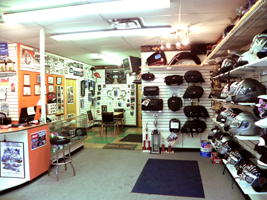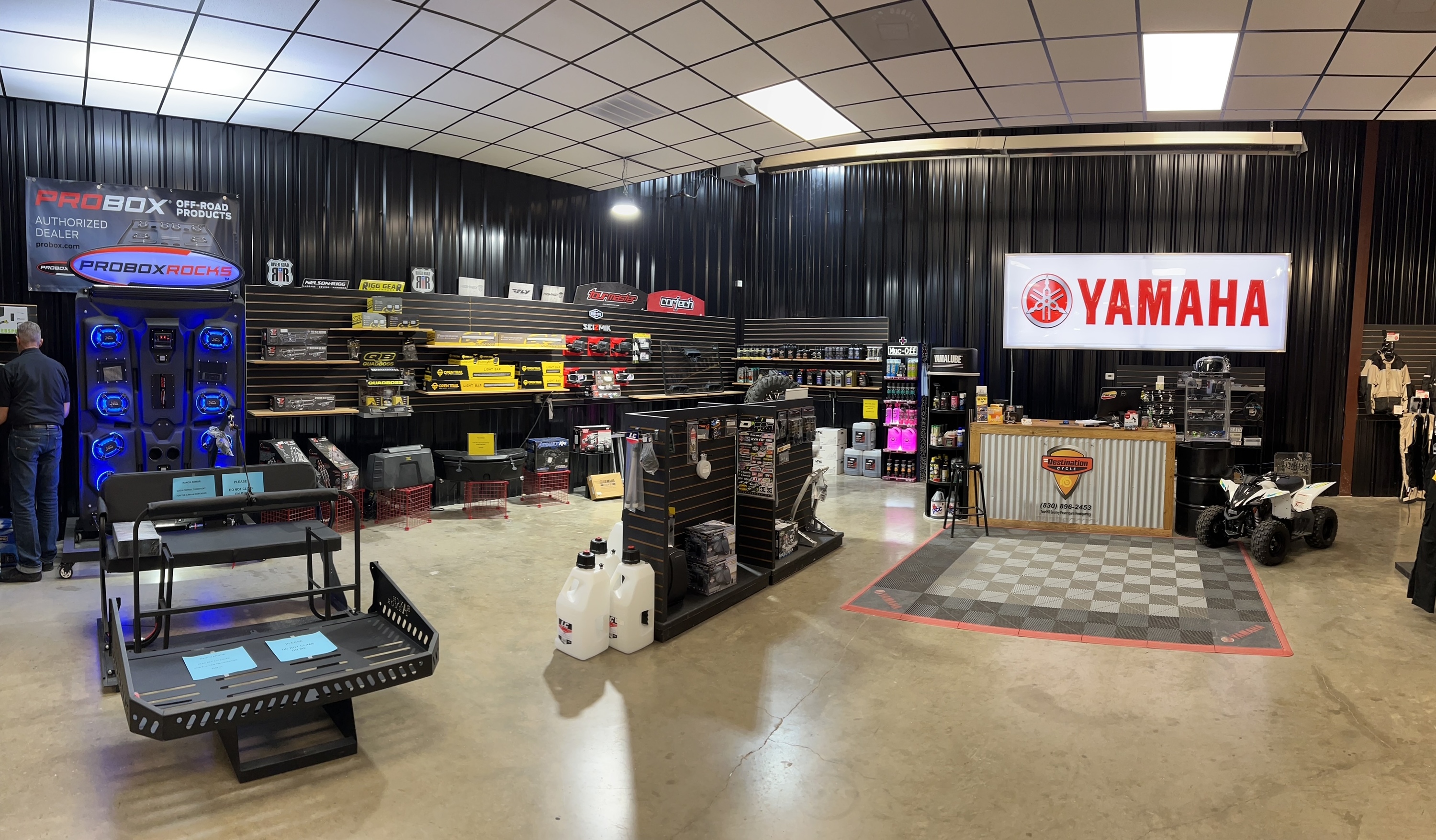Vital Motorcycle Parts NZ for Peak Performance and Security
Vital Motorcycle Parts NZ for Peak Performance and Security
Blog Article
Mastering Bike Gears: How to Enhance Your Riding Experience
In the world of motorcycling, grasping the art of gear control is crucial for enhancing your riding efficiency. Correctly comprehending and making use of motorbike equipments can substantially influence velocity, gas, and control effectiveness, transforming an average trip into a seamless, exhilarating trip. By integrating accurate shift timing and adjusting equipment choice to different road conditions, cyclists can ensure optimum engine efficiency and security. The subtleties of clutch control, throttle control, and gear technicians beckon a much deeper expedition, guaranteeing to open the full possibility of your maker. Just how can these techniques be harnessed to truly optimize your riding experience?
Understanding Equipment Mechanics
How do the ins and outs of equipment mechanics influence motorbike efficiency? At the core of bike dynamics, gear auto mechanics play a crucial duty in transforming engine power right into activity, ultimately dictating speed and control. Gears, thoroughly crafted elements, permit riders to optimize torque and speed, guaranteeing a smooth change with various surfaces and rates. The gear ratios, thoroughly created, figure out the relationship in between engine changes and wheel turns, impacting acceleration and fuel efficiency.
Recognizing equipment mechanics starts with identifying the relevance of the gearbox, which houses numerous equipments of varying dimensions. These gears communicate through a procedure understood as meshing, where teeth of different equipments involve to transmit power. The accuracy of this interaction is important; any imbalance or damage can lead to inefficient power transfer, preventing efficiency. Furthermore, the plan and size of equipments influence the bike's capacity to take care of different lots and rates.
Furthermore, the principle of equipment shifting is indispensable to making the most of efficiency. Smooth and timely changes make certain that the engine operates within its ideal power band, protecting against unnecessary stress and boosting longevity (motorcycle shop). By comprehending these mechanical details, riders can achieve a harmonious mix of power, efficiency, and control, raising their riding experience
Timing Your Changes
Change timing proficiency is important for enhancing motorbike efficiency and boosting the riding experience. Properly timed shifts ensure that the engine operates within its ideal power band, which is vital for maintaining control, achieving smooth acceleration, and guaranteeing the durability of the motorbike. Motorcyclists have to develop an intuitive feeling of when to change equipments, which entails recognizing the partnership in between engine changes per min (RPM) and rate.
To master change timing, pay close attention to the engine's sound and feel, as these offer crucial hints regarding when to alter gears. The optimal shift point generally happens when the engine approaches the upper series of its power band without getting to the redline. Changing prematurely can result in a lack of power, while shifting far too late may create unneeded engine stress
Furthermore, road problems and riding design influence change timing. For instance, in urban setups, smoother and extra constant changes may be necessary to navigate web traffic effectively. In contrast, throughout highway riding, fewer shifts at greater speeds can be better. Exercising in varied environments will certainly boost your capability to time changes precisely, ultimately boosting your riding experience to an expert level.
Enhancing Fuel Effectiveness
While grasping motorbike equipments is important for performance, improving gas effectiveness is similarly vital for both ecological and economic factors. Optimal fuel intake not just reduces operational costs but additionally minimizes the ecological footprint of riding. To accomplish this, one have to recognize the detailed relationship in between equipment selection and engine efficiency.
Riding in a higher equipment at lower speeds can lead to engine carrying, which is detrimental to both gas economy and engine wellness. Conversely, riding in lower equipments at high rates this hyperlink results in unnecessary gas consumption.
Additionally, normal upkeep plays an essential duty in gas efficiency. Guaranteeing that the motorcycle is well-tuned, with clean air filters and appropriately blew up tires, can lower and boost aerodynamics fuel wastage. Embracing a riding style that welcomes steady velocity and smooth slowdown can contribute to better fuel economic situation.

Techniques for Smooth Transitions
Accomplishing smooth gear changes is essential to boosting the riding experience and ensuring the durability of a bike's transmission system. Appropriate equipment changing not only contributes to a you could try here smooth ride yet additionally decreases damage on the mechanical parts. To understand the art of smooth changes, cyclists have to concentrate on a couple of crucial methods.

Secondly, clutch control plays a crucial duty. Engaging and disengaging the clutch smoothly needs technique. The clutch lever should be launched slowly, allowing for a smooth transfer of power from the engine to the wheels without creating a shock or sudden movement.

Adjusting to Road Problems
Navigating diverse road conditions is an important ability for any type of motorcyclist aiming to maintain control and security. Whether you're best site riding on wet surfaces, crushed rock roads, or navigating doglegs, your ability to adjust your equipment usage and riding technique is extremely important. Comprehending just how to change your gears properly can substantially affect grip and stability, ensuring a much safer journey.
On damp roadways, it is recommended to keep higher gears to decrease torque and reduce wheel spin. This approach aids keep hold on slippery surfaces, enabling smoother velocity and deceleration. In comparison, when riding on crushed rock or irregular terrain, lower gears are better. Reduced equipments offer much better control and enable you to respond more promptly to unanticipated adjustments in the roadway surface.
Sharp curves demand accurate equipment monitoring to balance speed and control. Downshifting prior to entering a contour can assist preserve momentum while making sure the motorbike continues to be secure throughout the turn. Regular practice in diverse problems boosts your capacity to respond and anticipate to modifications in road structure and slope.
Verdict
Grasping bike equipments dramatically improves the riding experience by enhancing fuel, control, and velocity efficiency. Adjusting equipment option to numerous road problems, such as utilizing greater equipments on wet surface areas and lower gears on crushed rock, more boosts handling and safety and security.
Understanding equipment auto mechanics begins with acknowledging the relevance of the transmission, which houses multiple gears of varying dimensions. These equipments connect through a process understood as meshing, where teeth of various gears engage to send power (motorcycle shop). Mild adjustments to the throttle throughout gear shifts can prevent jerky movements and preserve a regular riding rate
Whether you're riding on damp surface areas, crushed rock roadways, or navigating sharp turns, your ability to adapt your gear use and riding technique is extremely important. Adapting gear option to different roadway conditions, such as using higher equipments on damp surface areas and lower equipments on crushed rock, additional enhances handling and security.
Report this page